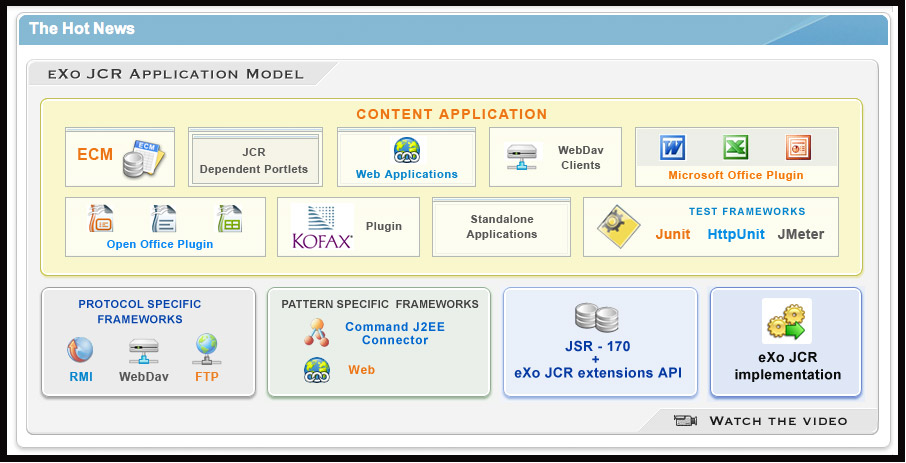Data repository and application are isolated from each other so an application developer should not learn the details of particular data storage's interfaces, but can need to concentrate on business logic of a particular application built on the top of JCR.
Repositories can be simply exchanged between different applications without changing the applications themselves. This is the matter of the repository configuration.
Data storage types/ versions can be changed and also, different types of data storages can be combined in one repository data model (of course, the complexity and work of building interfaces between the repository and its data storage don't disappear but these changes are isolated in the repository and thus manageable from the point of view of the customer).

Using a standardized repository for content management reduces the risk of dependence on a particular software vendor and proprietary API.
Costs for maintaining and developing a content repository based custom application is significantly lower than developing and supporting your own interfaces and maintaining your own data repository applications (staff can be trained once, it is possible to take help from the community and the third party consulters).
Thanks to flexible layered JCR API (see below), it is possible to fit the legacy storage subsystem into new interfaces and decrease the costs and the risk of losing data.
An extension to the API exists as we can see in the following layer schema.
